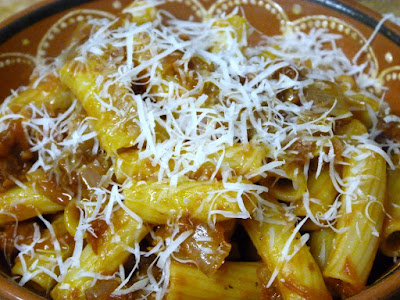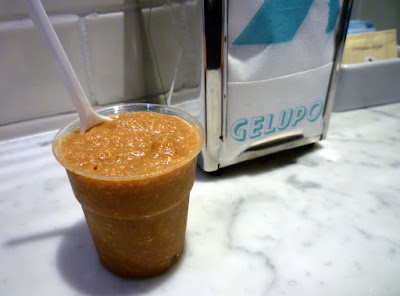February has become a special month in the calendar for burger lovers and I was keen to get down to Byron to bag one of their limited edition, meaty behemoths otherwise known as the Big D.
Many food bloggers seem to be on the path of enlightenment, trying to find their burger nirvana, and I'm no different. The problem is what constitutes the perfect burger? Should it be shaped more like a cricket ball or smashed down on the flat top? Flame grilled or fried? Should the bun be sourdough, brioche, bap or something else entirely? Should there be mayo, onions, salad? And that's before we even get started on the controversial addition of pickles...
I think, if I were pushed, my perfect patty would be medium rare (I love bloody steak but burgers can often be a little bit slimy if they're too pink) flame grilled and served on a slightly chewy, slightly sweet, slightly toasted bun. It would be topped with a nice, melty slice of cheese and onions, ketchup, mustard and pickles. Plenty of pickles.

The Big D may not be the perfect burger, but it's certainly pretty good. I ordered mine medium rare with Montery Jack and the Ewing chose American cheese. We also ordered some fries and courgette fries on the side and a couple of Sierra Nevada Pale Ales to wash it all down.
The burgers tasted great: a 8oz patty of delicious Scottish beef supplied by Knightsbridge butcher O'Sheas and perfectly cooked, pink and juicy throughout. The buns were fine, although they seemed a little too big for the filling and crumbled apart too easily. The cheese was comfortingly melted and mild and was complemented with a dollop of yellow mustard. Salad was crispy and I always love the pickle spears that come with every burger.
One Big D with Monterey Jack
And one Big D with American
Perfectly pink
Both sides were good, the courgette fries came out piping hot and were particularly moreish and crispy. The Sierra Nevada Pale Ale is a spicy, citrussy beer that I think pairs with the burgers very nicely and bonus points too for the glasses that had come straight from the fridge.
Overall Byron's is a very decent place to get a burger. The short menu, no pineapple or satay sauce here, shows that they care about the simple things done well. At £10.50, sans cheese or sides, it's not the cheapest out there, but, cooked right, it seems worth it. The Byron Burger (dry cure bacon, mature cheddar, Byron sauce) is a year round thing of beauty, but the Big D is a annual treat worth seeking out.
After the burgers we headed over to the Shepherd's Bush Empire to watch the legendary Edwyn Collins. A fab night of meat and music. And a few more beers...














































